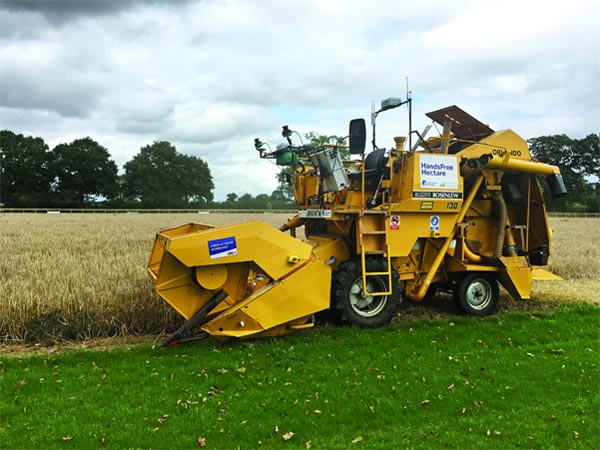Crop rotation, an agricultural practice that dates back millennia, involves the systematic planting of different crops in a particular sequence across different fields over several seasons. This age-old practice has profound implications not only for the health of the soil and the yield of the crops but also in addressing some of the key Sustainable Development Goals (SDGs) set by the United Nations. The 17 SDGs aim to address global challenges including poverty, hunger, health, education, climate change, inequality, and sustainability. At the heart of these goals is the endeavor to strike a balance between meeting today's needs without compromising the needs of future generations. Crop rotation naturally aligns with several of these goals.
For instance, consider SDG 2, which aims to "End hunger, achieve food security and improved nutrition, and promote sustainable agriculture." Crop rotation naturally enhances soil fertility by preventing the excessive depletion of vital nutrients. For example, legumes, when planted after grains, can fix nitrogen in the soil, reducing the need for synthetic fertilizers. This not only ensures consistent yields but also reduces the input costs for farmers, promoting food security at both the local and global levels. Moreover, the diversification of crops can lead to a diversified diet, addressing nutritional needs.
Next, there's SDG 6: "Ensure availability and sustainable management of water..." Rotating crops can aid in the sustainable management of water resources. Some crops are more drought-resistant than others, and by rotating them, farmers can reduce water usage in drier seasons. This practice also decreases the likelihood of soil erosion, ensuring that waterways remain silt-free and healthier.
SDG 13 is about "Taking urgent action to combat climate change and its impacts." Crop rotation has a role to play here as well. A diversified field with rotating crops can sequester more carbon than a monoculture can. Additionally, by reducing the need for synthetic fertilizers (which emit greenhouse gases during their production), and pesticides (since pests are less likely to establish in a field where the crop changes each year), crop rotation can contribute to lower carbon emissions.
Lastly, consider SDG 15, which focuses on "Life on Land." This goal seeks to manage forests sustainably, combat desertification, and halt and reverse land degradation, among other targets. Crop rotation naturally combats land degradation by preserving the soil's health. Healthier soils are more resilient against erosion and desertification, thus supporting biodiversity both above and below the ground.
While crop rotation might seem like a simple and traditional agricultural technique, its implications are profound in the broader context of sustainable development. By understanding and advocating for practices like these, we move closer to achieving a sustainable balance on our planet, in line with the vision set forth by the SDGs.
Agroecosystems make up a significant portion of terrestrial ecosystems and receive a disproportionally high amount of terrestrial nitrogen inputs from fertilizer, leading to nitrogen loss and associated environmental problems. Integrated crop livestock systems, such as pasture-integrated crop rotations, may be more environmentally sustainable however the long-term effects of this management practice on soil microorganisms and nitrogen transformations are not well understood.
A grand challenge facing humanity is how to produce food for a growing population in the face of a changing climate and environmental degradation. Although empirical evidence remains sparse, management strategies that increase environmental sustainability, such as increasing agroecosystem diversity through crop rotations, may also increase resilience to weather extremes without sacrificing yields.
Elucidating relationships between the soil food web, soil processes, and agroecosystem function is a critical step toward a more sustainable agriculture. Soil and crop management practices can alter these relationships, and their effects can persist even after imposing new management practices. In 2005, the Cornell Organic Grain Cropping Systems Experiment was established in central New York. Four cropping systems that varied in fertilizer inputs, tillage practices, and weed control were compared: High Fertility, Low Fertility, Enhanced Weed Management, Reduced Tillage.

